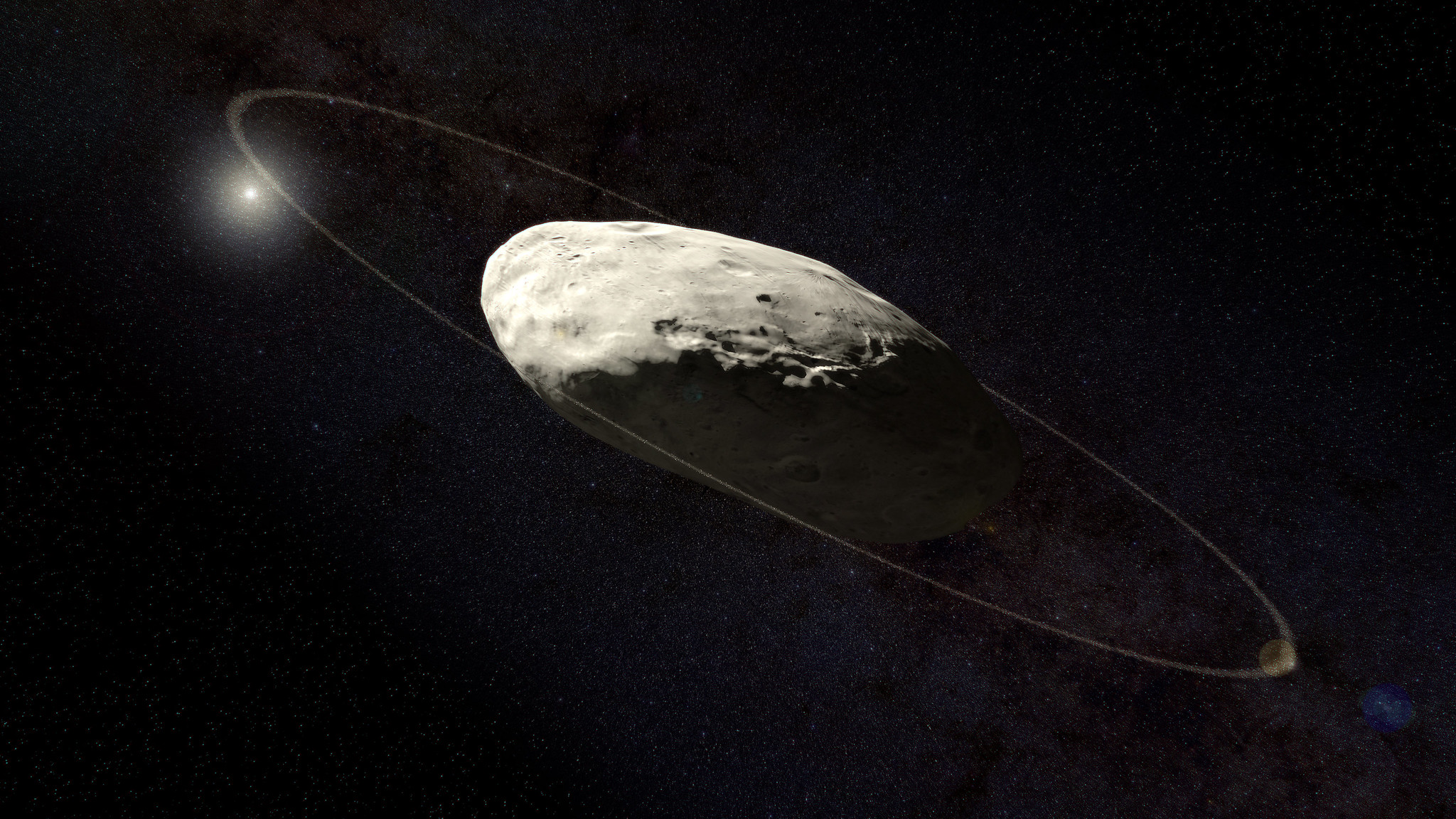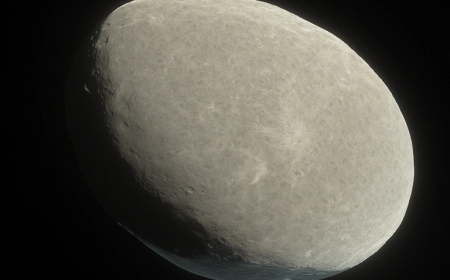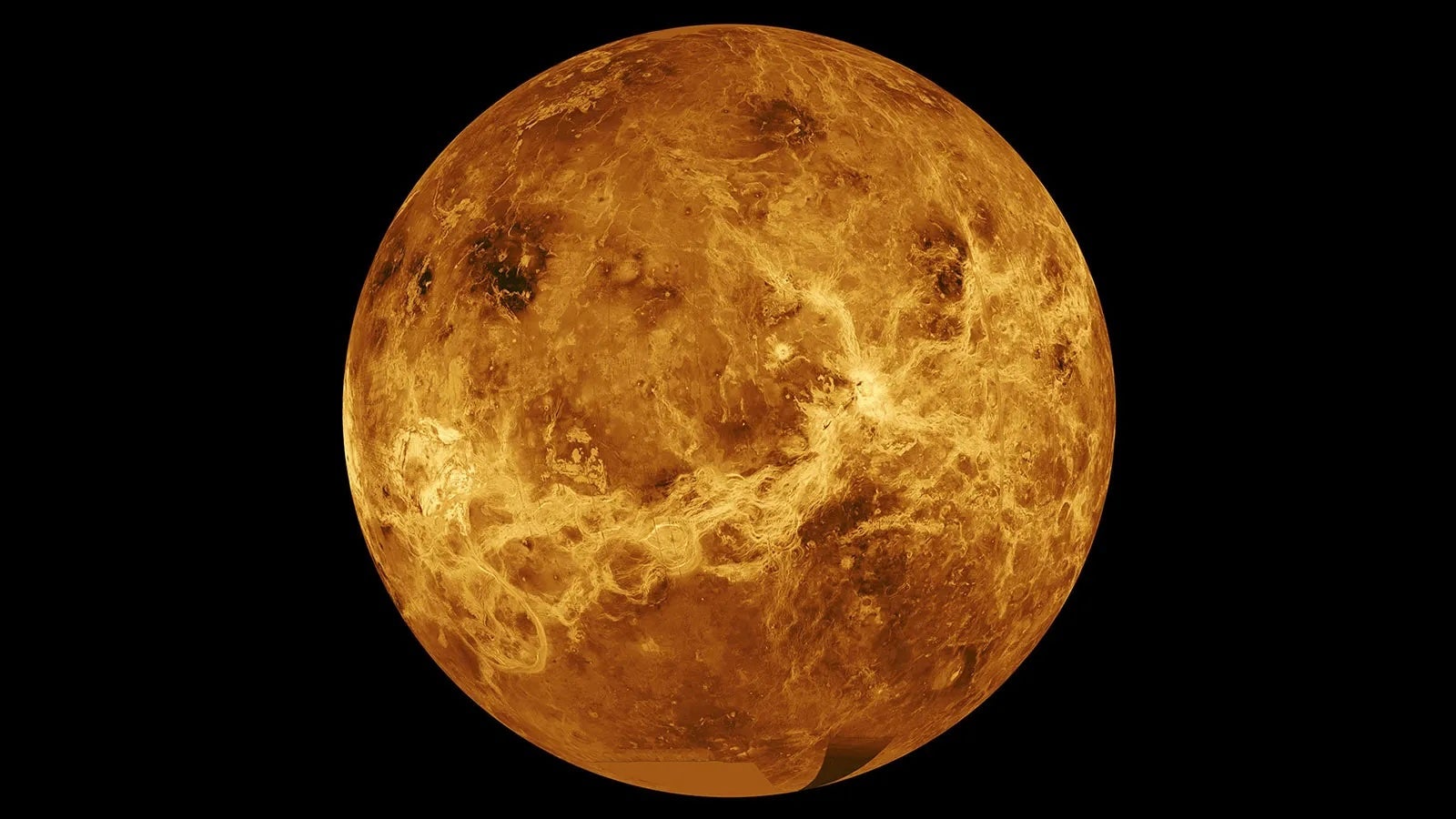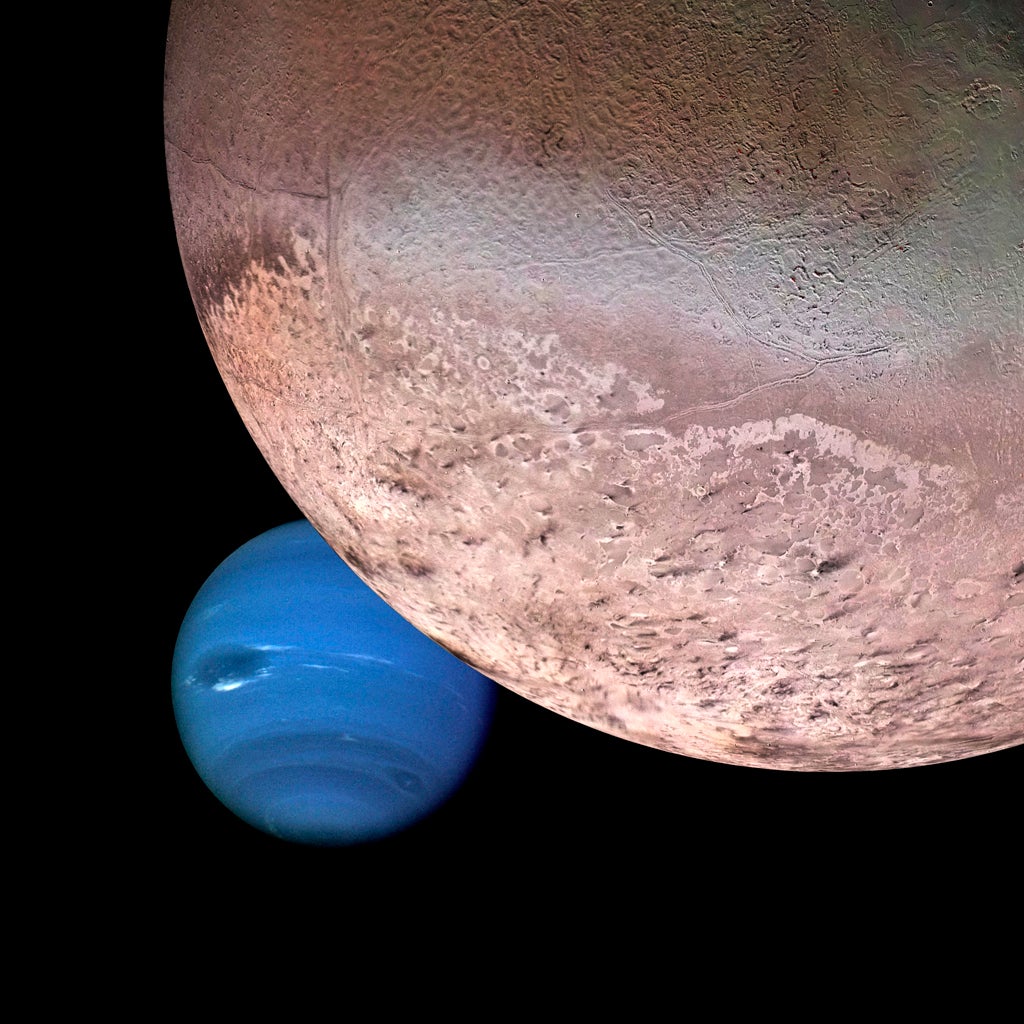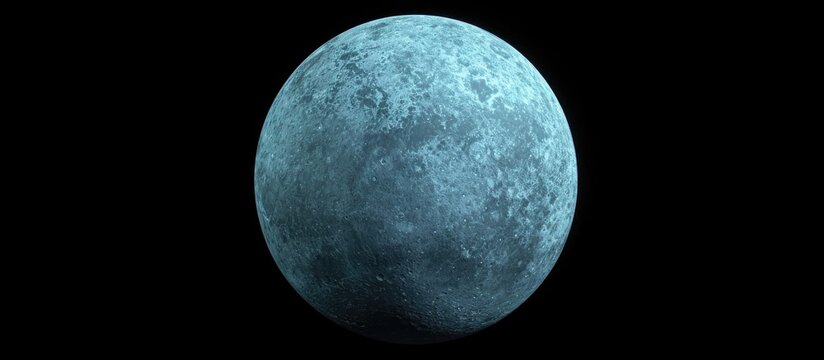Mercury: The Mysterious and Extreme Planet
Discover the fascinating planet Mercury, the smallest and closest planet to the Sun. Explore its extreme temperatures, unique orbit, magnetic field, surface features, and past and future space missions.

Mercury, the closest planet to the Sun, is one of the most intriguing celestial bodies in our solar system. It is the smallest of the eight planets and has an extreme environment that makes it both fascinating and challenging to study. Despite being one of the least explored planets, its unique characteristics provide significant insights into planetary formation and the history of the solar system. This article delves into Mercury's physical properties, orbit, surface features, atmosphere, magnetic field, exploration history, and scientific importance.
Physical Characteristics
Mercury is the smallest planet in the solar system, with a diameter of about 4,880 kilometers (3,032 miles), making it only slightly larger than Earth's Moon. It has a density of 5.43 grams per cubic centimeter, making it the second densest planet after Earth. This high density suggests that Mercury has a large metallic core, comprising about 85% of its radius.
The planet's surface is heavily cratered, resembling the Moon. These craters result from billions of years of asteroid and comet impacts. The largest impact basin on Mercury is the Caloris Basin, which spans about 1,550 kilometers (960 miles) in diameter. The impact that created this basin was so powerful that it caused shockwaves, leading to hilly, disrupted terrain on the opposite side of the planet.
Orbit and Rotation
Mercury has an unusual orbit and rotation pattern. It takes just 88 Earth days to complete one revolution around the Sun, making it the fastest-orbiting planet. However, Mercury’s rotation is much slower. It takes 59 Earth days to rotate once on its axis. This results in an interesting phenomenon called resonant rotation, where Mercury completes three rotations for every two orbits around the Sun.
One of the most extreme aspects of Mercury is its temperature variations. Because it has almost no atmosphere to trap heat, daytime temperatures can soar up to 430°C (800°F), while nighttime temperatures can plummet to -180°C (-290°F). These fluctuations make Mercury one of the most thermally extreme planets in the solar system.
Surface Features
Mercury’s surface is marked by a variety of geological features, including:
Impact Craters: Similar to those on the Moon, Mercury’s craters range from small pits to massive basins like the Caloris Basin.
Lobate Scarps: These are long cliffs formed by the planet’s cooling and contracting core, causing the crust to shrink and crack.
Plains: Some areas of Mercury are covered by smooth plains, likely formed by past volcanic activity.
Hollows: Mysterious, irregularly shaped depressions found on the planet’s surface, thought to be caused by volatile elements escaping from the crust.
Atmosphere and Exosphere
Mercury does not have a significant atmosphere like Earth. Instead, it has a thin exosphere composed of oxygen, sodium, hydrogen, helium, and potassium. This exosphere is not stable and is constantly replenished by the solar wind, micrometeorite impacts, and the release of gases from the planet’s surface.
Because of its weak gravitational pull and proximity to the Sun, Mercury’s exosphere does not provide any protection against solar radiation, contributing to its extreme surface conditions.
Magnetic Field
Unlike Venus and Mars, Mercury has a global magnetic field, but it is much weaker than Earth’s, at about 1% of the strength. Scientists believe Mercury’s magnetic field is generated by its partially liquid iron core. The presence of a magnetic field suggests that Mercury has an active dynamo effect, similar to Earth’s.
However, because Mercury orbits so close to the Sun, the solar wind constantly interacts with its magnetosphere, causing dynamic and unpredictable space weather phenomena.
Water Ice on Mercury
Despite its scorching daytime temperatures, Mercury has water ice in permanently shadowed craters at its poles. These regions never receive direct sunlight, allowing ice to remain frozen. NASA’s MESSENGER spacecraft confirmed the presence of this ice, which is believed to have been delivered by comets or formed by interactions between solar particles and surface materials.
Exploration of Mercury
Mercury has been visited by only a few spacecraft due to the difficulty of sending missions to such a hot and fast-moving planet. The two main missions that have studied Mercury are:
Mariner 10 (1974-1975): The first spacecraft to visit Mercury, it provided the first close-up images of the planet’s surface and discovered its magnetic field.
MESSENGER (2004-2015): This NASA mission provided a wealth of data about Mercury’s geology, atmosphere, and magnetic field. It mapped the entire planet and confirmed the presence of water ice at the poles.
Currently, the BepiColombo mission, a joint effort between the European Space Agency (ESA) and the Japan Aerospace Exploration Agency (JAXA), is on its way to Mercury. Launched in 2018, it is expected to arrive in 2025 to further explore the planet’s composition, magnetic field, and exosphere.
Scientific Importance of Mercury
Studying Mercury is crucial for understanding the formation and evolution of rocky planets. Some key scientific questions that Mercury can help answer include:
How do planets form close to their stars, and what factors influence their composition?
Why does Mercury have such a large core relative to its size?
How does solar radiation affect a planet without a thick atmosphere?
Because Mercury is similar to Earth in some ways (such as having a magnetic field and a dense metallic core), it provides a natural laboratory for studying planetary dynamics. Understanding Mercury also helps scientists refine models of exoplanets orbiting close to their stars.
Conclusion
Mercury is a fascinating planet with extreme temperatures, a large metallic core, and a thin exosphere. Its unique characteristics, from its unusual orbit to its dynamic magnetic field, make it an important target for scientific exploration. Despite being difficult to study, missions like Mariner 10, MESSENGER, and BepiColombo continue to reveal new information about this small but mighty planet. As our knowledge of Mercury expands, so does our understanding of the solar system and the conditions that shape planetary environments.
What's Your Reaction?







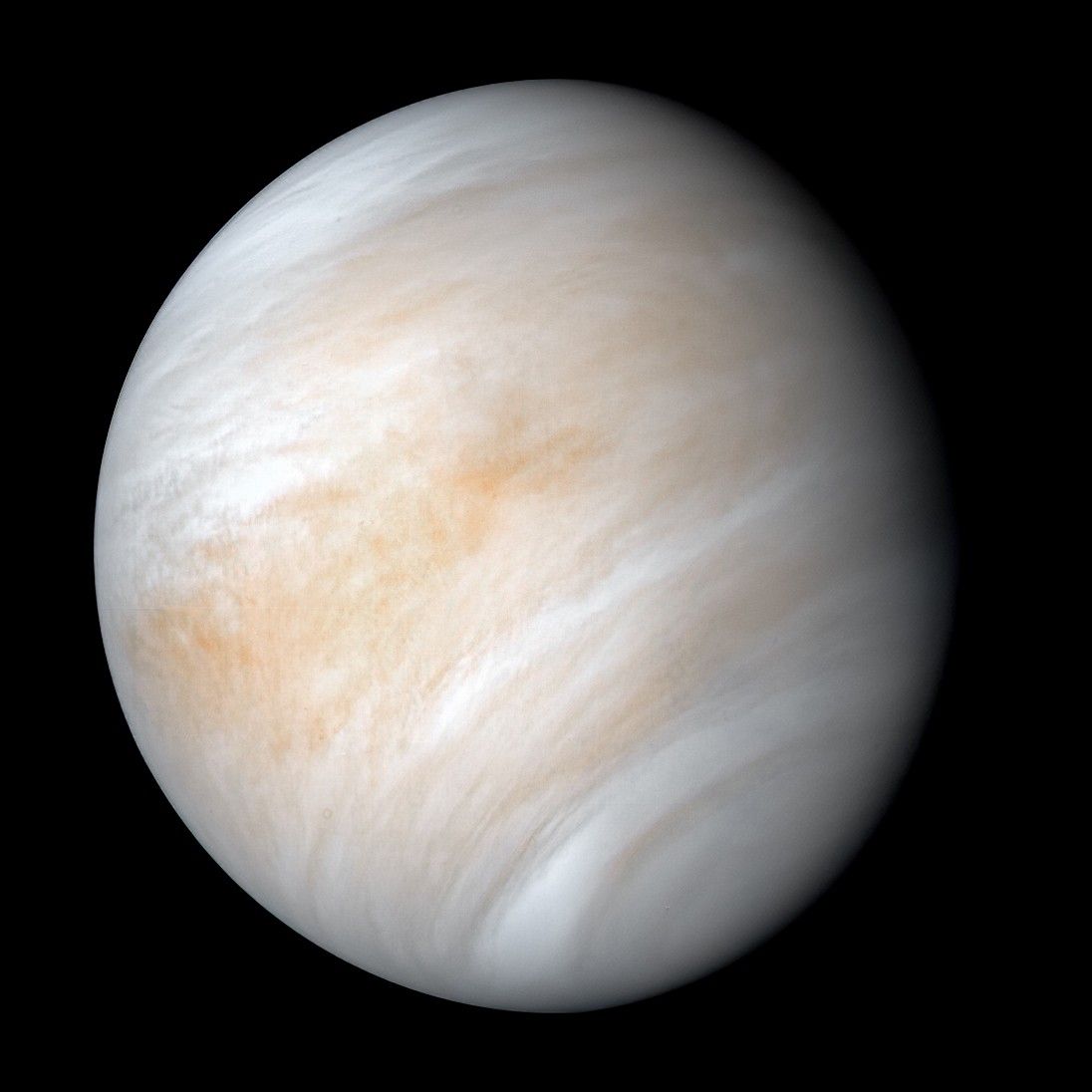

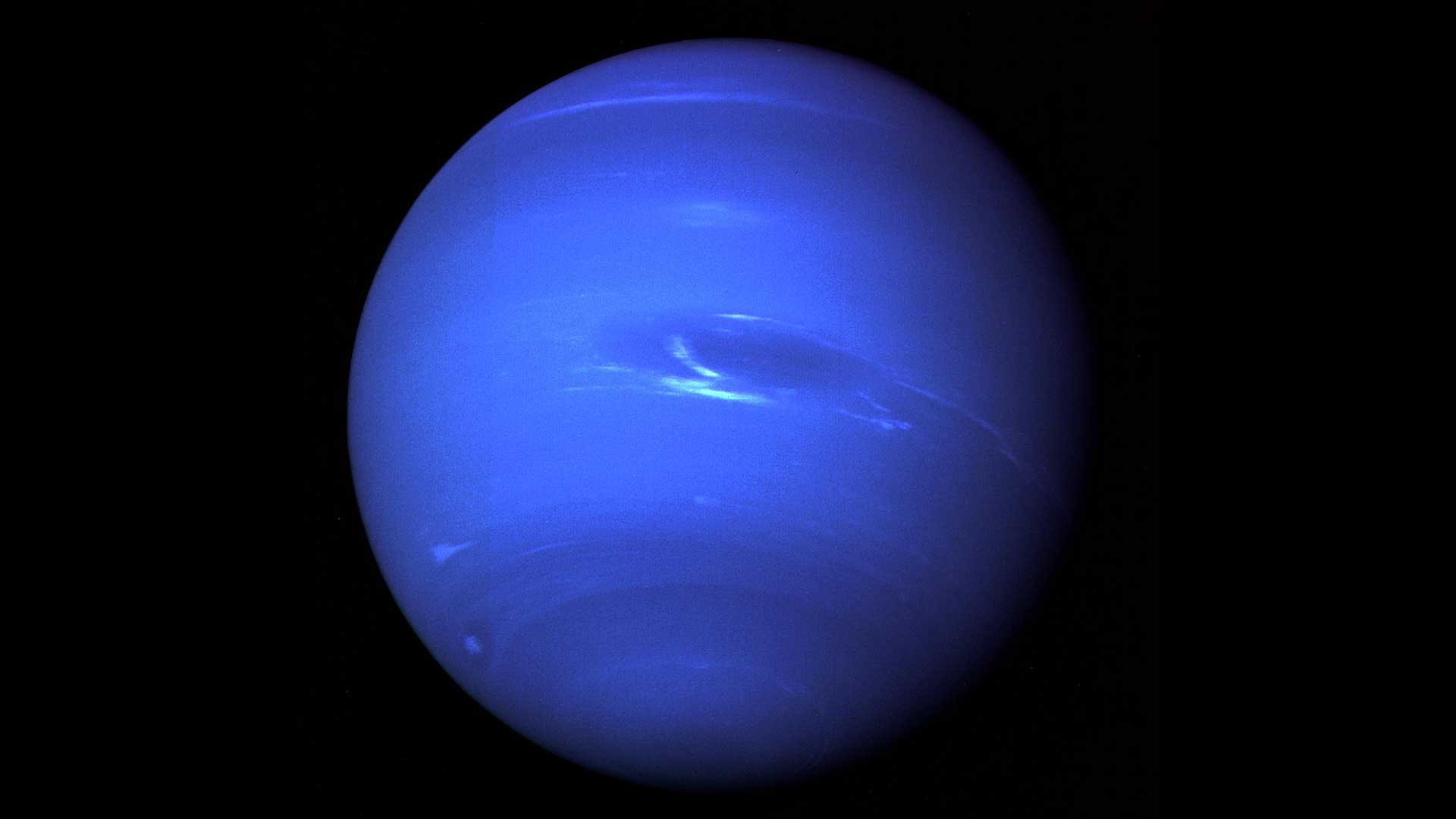


/https://tf-cmsv2-smithsonianmag-media.s3.amazonaws.com/filer_public/54/66/546650fa-26a4-40fd-8d6d-5a7a04540f81/rosetta2.png)
:max_bytes(150000):strip_icc():focal(999x0:1001x2)/robert-prevost-050825-1-39395418ab494da5a3a700c9478e66c8.jpg)















































format(webp))
format(webp))















